
Divination is the attempt to gain insight into a question or situation by way of an occultic ritual or practice. Using various methods throughout history, diviners ascertain their interpretations of how a querent should proceed by reading signs, events, or omens, or through alleged contact or interaction with supernatural agencies such as spirits, gods, god-like-beings or the "will of the universe".

A grimoire is a textbook of magic, typically including instructions on how to create magical objects like talismans and amulets, how to perform magical spells, charms, and divination, and how to summon or invoke supernatural entities such as angels, spirits, deities, and demons. In many cases, the books themselves are believed to be imbued with magical powers, although in many cultures, other sacred texts that are not grimoires have been believed to have supernatural properties intrinsically. The only contents found in a grimoire would be information on spells, rituals, the preparation of magical tools, and lists of ingredients and their magical correspondences. In this manner, while all books on magic could be thought of as grimoires, not all magical books should be thought of as grimoires.

Fortune telling is the practice of predicting information about a person's life. The scope of fortune telling is in principle identical with the practice of divination. The difference is that divination is the term used for predictions considered part of a religious ritual, invoking deities or spirits, while the term fortune telling implies a less serious or formal setting, even one of popular culture, where belief in occult workings behind the prediction is less prominent than the concept of suggestion, spiritual or practical advisory or affirmation.

Palmistry is the pseudoscientific practice of fortune-telling through the study of the palm. Also known as palm reading, chiromancy, chirology or cheirology, the practice is found all over the world, with numerous cultural variations. Those who practice palmistry are generally called palmists, hand readers, hand analysts, or chirologists.

Geomancy translates literally to "earth divination," and the term is used for methods of divination that interpret geographic features, markings on the ground, or the patterns formed by soil, rocks, or sand.
Black magic has traditionally referred to the use of supernatural powers or magic for evil and selfish purposes.

Pyromancy is the art of divination by means of fire or flames.

Scrying, also referred to as "seeing" or "peeping," is a practice rooted in divination and fortune-telling. It involves gazing into a medium, hoping to receive significant messages or visions that could offer personal guidance, prophecy, revelation, or inspiration. The practice lacks a definitive distinction from other forms of clairvoyance or divination but generally relies on visions within the chosen medium. Unlike augury, which interprets observable events, or divination, which follows standardized rituals, scrying's impressions arise within the medium itself.

Aeromancy is divination that is conducted by interpreting atmospheric conditions. Alternate spellings include "arologie", "aeriology", and "aërology".
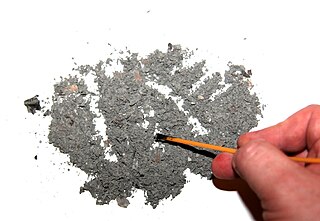
Spodomancy is a form of divination by examining cinders, soot, or ashes, particularly although not exclusively from a ritual sacrifice. Spodomancy has been practiced by numerous cultures, ancient and modern, across the globe. While many practitioners have performed the ritual as part of a formal system of paranormal, religious, or ceremonial magic, many have done so as part of mere folkloric practice or superstition.

Hydromancy is a method of divination by means of water, including the color, ebb and flow, or ripples produced by pebbles dropped in a pool.
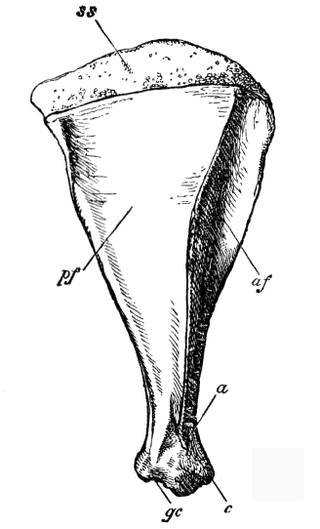
Scapulimancy is the practice of divination by use of scapulae or speal bones. It is most widely practiced in China and the Sinosphere as oracle bones, but has also been independently developed in the West.
Methods of divination can be found around the world, and many cultures practice the same methods under different names. During the Middle Ages, scholars coined terms for many of these methods—some of which had hitherto been unnamed—in Medieval Latin, very often utilizing the suffix -mantia when the art seemed more mystical and the suffix -scopia when the art seemed more scientific. Names like drimimantia, nigromantia, and horoscopia arose, along with other pseudosciences such as phrenology and physiognomy.
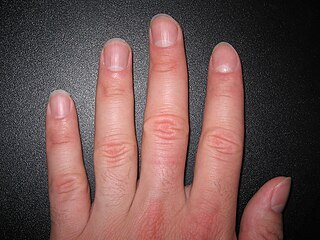
Onychomancy or variously onuchomancy, onychomantia, onycomancy, onymancy is an ancient form of divination using fingernails as a "crystal ball" or "scrying mirror" and is considered a subdivision of palmistry. As with palmistry, the contradictions between different interpretations and the lack of evidence for the predictions have led onychomancy to be viewed as a pseudoscience by academics.

Various forms of witchcraft and divination are mentioned in the Hebrew Bible, which are expressly forbidden.
The Tajul muluk is a commonly used name for a system of geomancy, comprising metaphysical and geomantic principles considered when siting or designing buildings to improve and maintain well-being in Maritime Southeast Asia. It was traditionally practiced by shamans and architects from Indonesia and Malaysia. The term actually alludes to a book entitled Tajul muluk which covered a number of other topics including herbal medicine, astrology and dream interpretation along with geomancy. While all these subjects may be categorised under the term ilmu tajul, it usually refers to the otherwise unnamed set of rites and rules for constructing buildings in Acehnese and Malay culture.
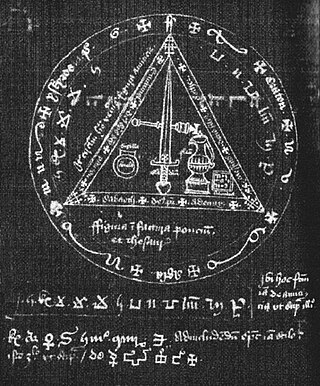
During the Middle Ages, magic took on many forms. Instead of being able to identify one type of magic user, there were many who practiced several types of magic in these times, including monks, priests, physicians, surgeons, midwives, folk healers, and diviners. The practice of magic often consisted of using medicinal herbs for healing purposes. Classical medicine entailed magical elements. They would use charms or potions in hopes of driving out a sickness. People had strongly differing opinions as to what magic was, and because of this, it is important to understand all aspects of magic at this time.
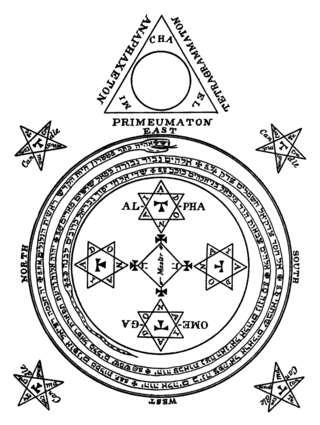
Goetia is a type of European sorcery, often referred to as witchcraft, that has been transmitted through grimoires—books containing instructions for performing magical practices. The term "goetia" finds its origins in the Greek word "goes," which originally denoted diviners, magicians, healers, and seers. Initially, it held a connotation of low magic, implying fraudulent or deceptive mageia as opposed to theurgy, which was regarded as divine magic. Grimoires, also known as "books of spells" or "spellbooks," serve as instructional manuals for various magical endeavors. They cover crafting magical objects, casting spells, performing divination, and summoning supernatural entities like angels, spirits, deities, and demons. Although the term "grimoire" originates from Europe, similar magical texts have been found in diverse cultures across the world.
Arabic geomancy is a type of geomantic divination which involves interpreting a series of figures formed by a randomized process that involves recursion, followed by analyzing them, often augmented with astrological interpretations. Geomancy was also thought by figures such as Richard II to be a greater discipline that included philosophy, science, and alchemic elements.















